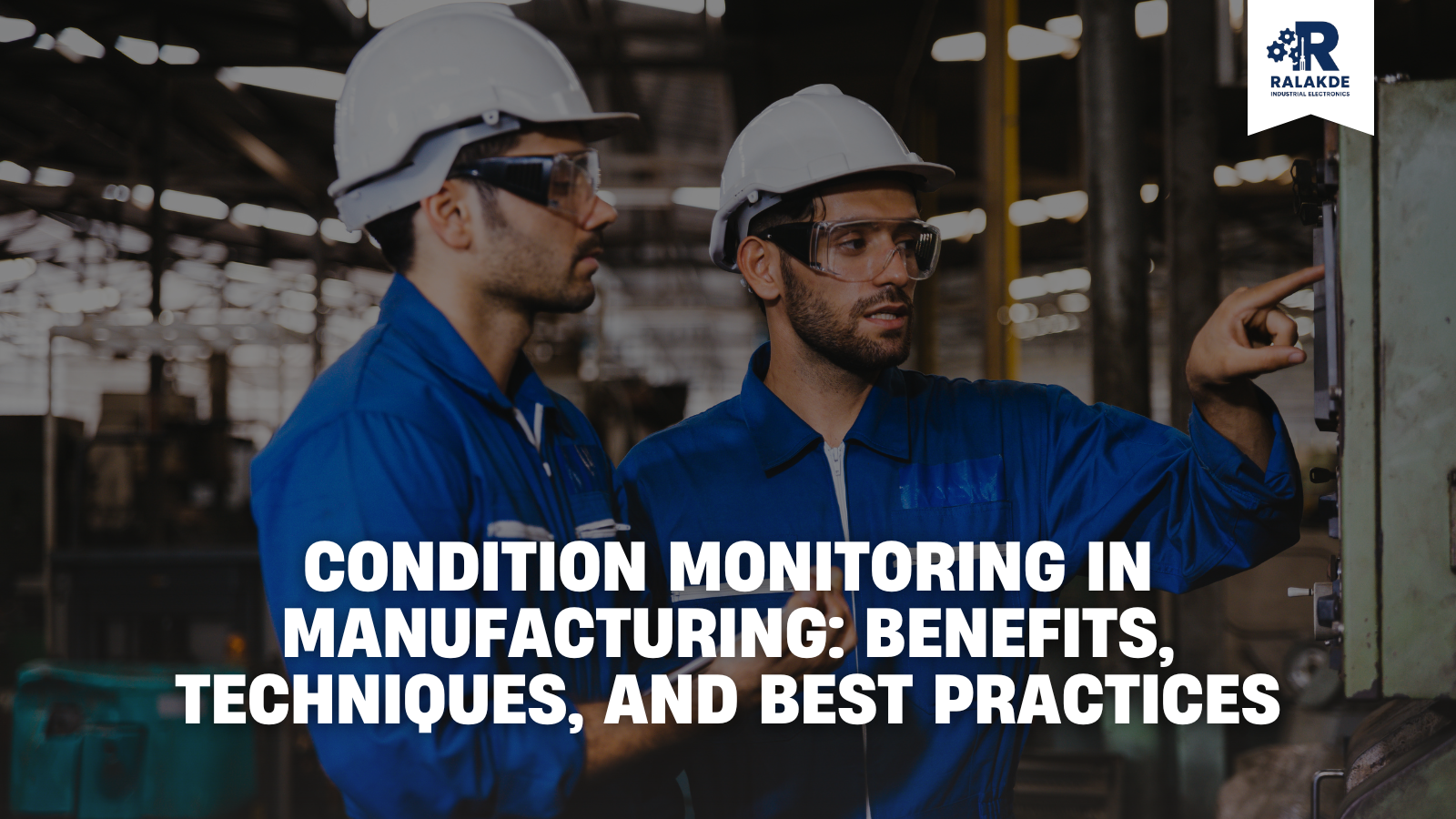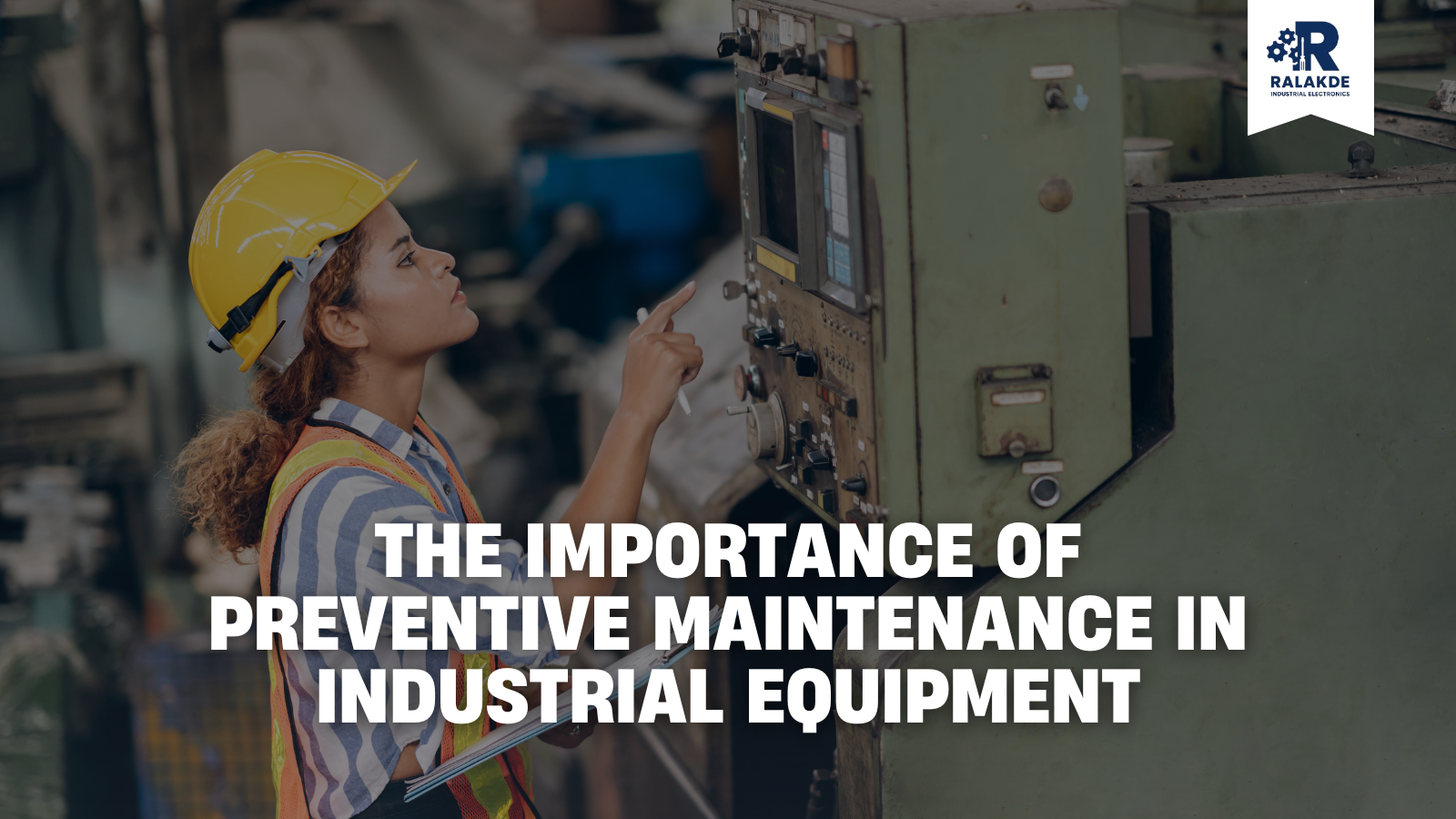
AI Powered Predictive Maintenance Benefits for Reducing Downtime and Repair Costs
Unexpected equipment failures can stop production, increase repair expenses, and hurt overall efficiency. Many companies still rely on reactive or scheduled maintenance, but these methods often fail to detect early warning signs. As a result, machines break without notice, and downtime becomes costly.
AI driven Predictive Maintenance is becoming one of the most effective solutions for companies that want to improve reliability, reduce maintenance costs, and avoid unexpected breakdowns. By combining artificial intelligence, machine learning, and IoT data, businesses can predict failures before they happen and make smarter decisions about maintenance.
What Is AI Driven Predictive Maintenance
AI driven Predictive Maintenance is a maintenance strategy that uses real time machine data to forecast potential equipment failures. Instead of following fixed schedules, AI models analyze sensor data, detect abnormalities, and alert teams when a component is likely to fail.
This approach helps companies perform maintenance only when necessary, reducing downtime and extending equipment life.
Why Traditional Maintenance Is Not Enough
Reactive Maintenance
You fix the machine only after it breaks.
This often leads to:
- Unplanned downtime
- Higher emergency repair costs
- Safety concerns
Preventive Maintenance
You follow a fixed schedule, even when the machine is still in good condition.
This often results in:
- Over maintenance
- Missed early warning signs
- No real understanding of machine health
AI solves these problems by giving a clear, data driven picture of what is happening inside the machine.
How AI Driven Predictive Maintenance Works
1. Continuous Data Collection
Sensors capture vibration, temperature, pressure, speed, torque, and energy consumption.
2. Real Time Monitoring
IoT platforms stream the data to a centralized system for constant monitoring.
3. Machine Learning Analysis
AI models learn what normal machine behavior looks like and compare it to real time patterns.
4. Early Failure Prediction
If the AI detects unusual behavior, it sends alerts so teams can act quickly.
5. Smart Maintenance Scheduling
Repairs are planned at the right time, reducing downtime and avoiding expensive emergencies.
Benefits of AI Driven Predictive Maintenance
1. Reduced Unplanned Downtime
Predictive Maintenance can identify early failure signs weeks in advance, which helps avoid production interruptions.
2. Lower Maintenance Costs
Companies save money by avoiding unnecessary inspections, emergency repairs, and unplanned machine stoppages.
3. Longer Equipment Lifespan
Fixing issues early prevents major damage and extends the life of critical assets.
4. Improved Workplace Safety
Predicting hazardous failures helps protect workers and reduces risk.
5. Better Spare Parts and Resource Planning
Maintenance teams can order parts only when needed and schedule repairs during low production periods.
Industries Using Predictive Maintenance
AI driven Predictive Maintenance is now widely used in:
- Manufacturing
- Automotive
- Oil and gas
- Energy and utilities
- Logistics and warehousing
- Food processing
- Pharmaceuticals
Any industry with critical equipment can benefit from Predictive Maintenance tools.
The Future of Predictive Maintenance with AI
The next evolution is intelligent and autonomous maintenance. Future systems will be able to:
- Automatically adjust machine settings
- Predict failures with higher accuracy
- Use digital twins to simulate future problems
- Improve recommendations based on historical data
This will lead to more reliable factories and improved productivity.
Conclusion
AI driven Predictive Maintenance is one of the most powerful ways for companies to reduce downtime and cut maintenance costs. By using machine learning and real time sensor data, businesses can detect early warning signs, avoid unexpected failures, and extend the lifespan of their equipment. Companies that adopt AI powered maintenance today gain a strong competitive advantage and build a more efficient future.



